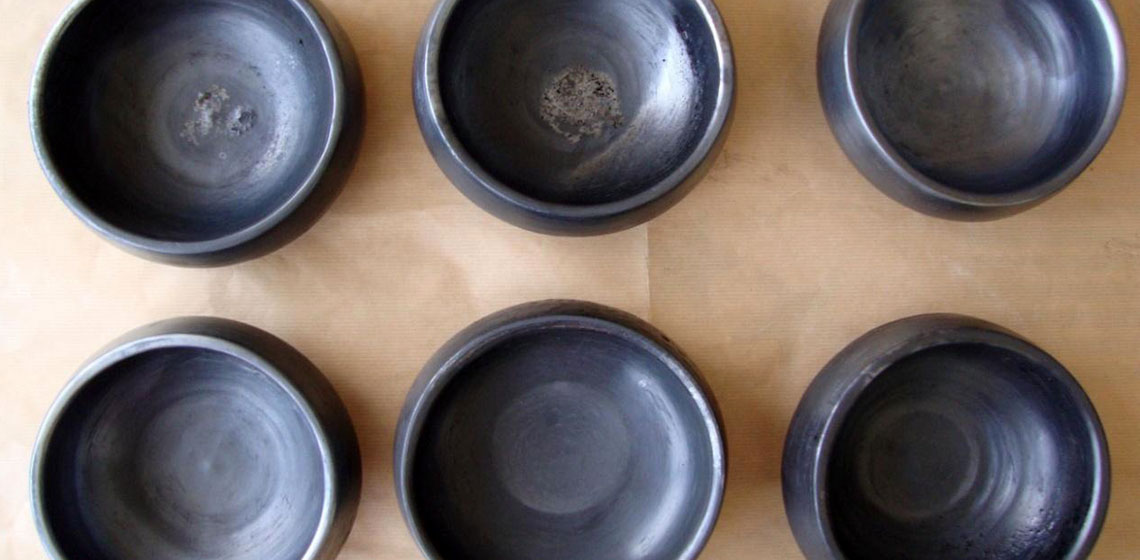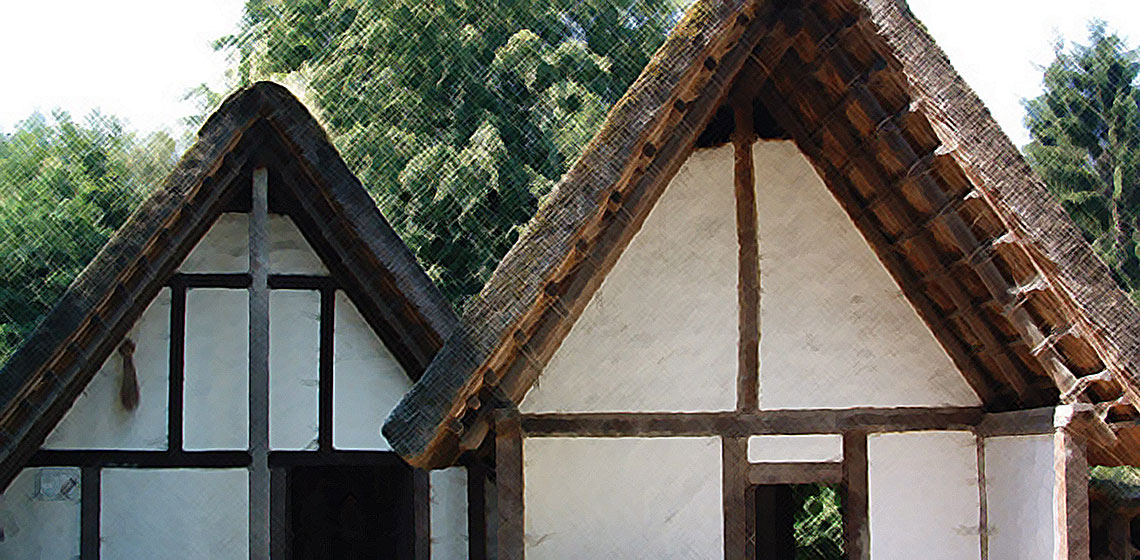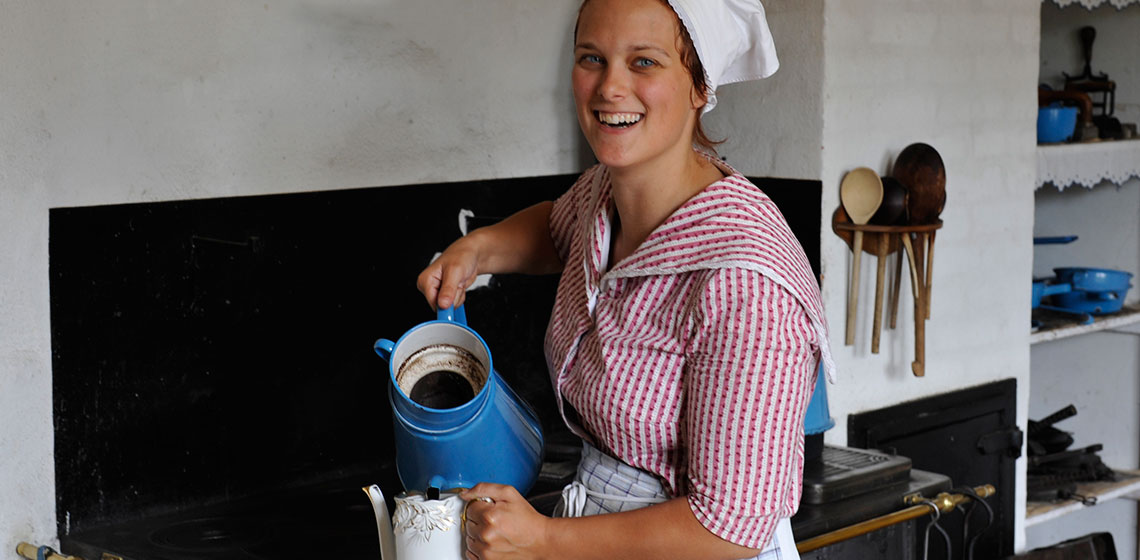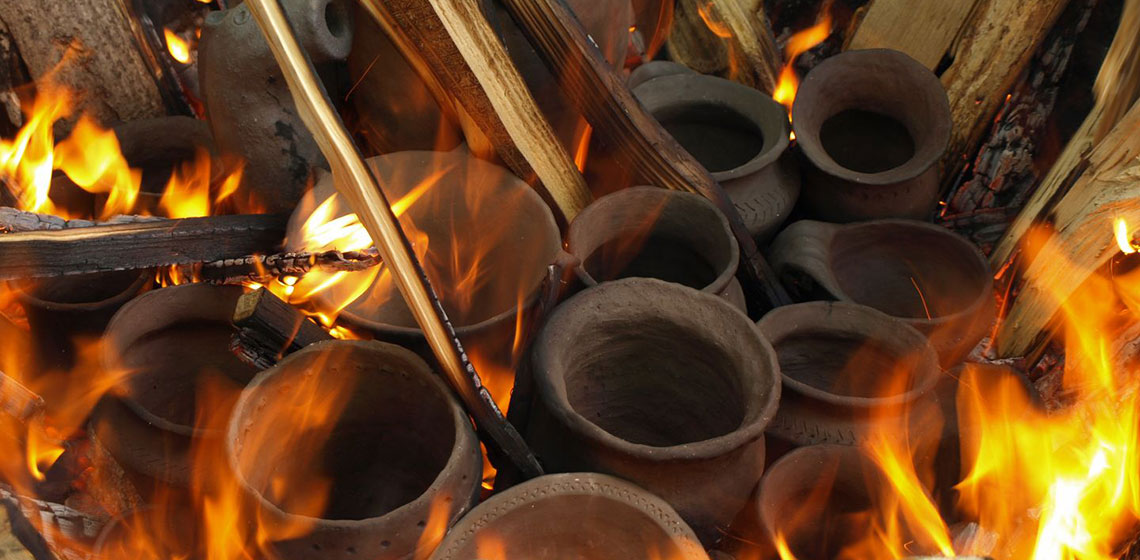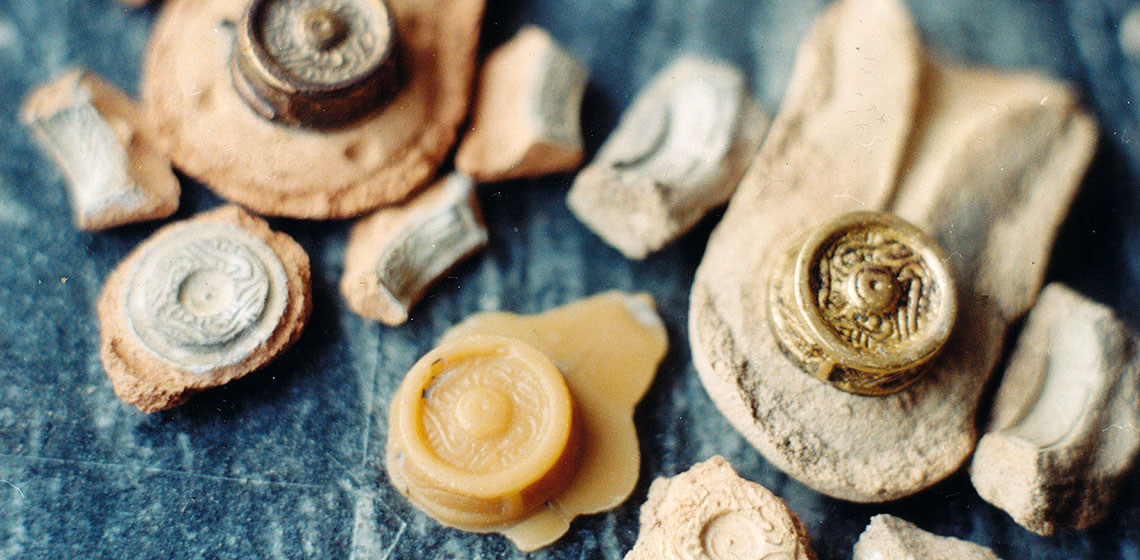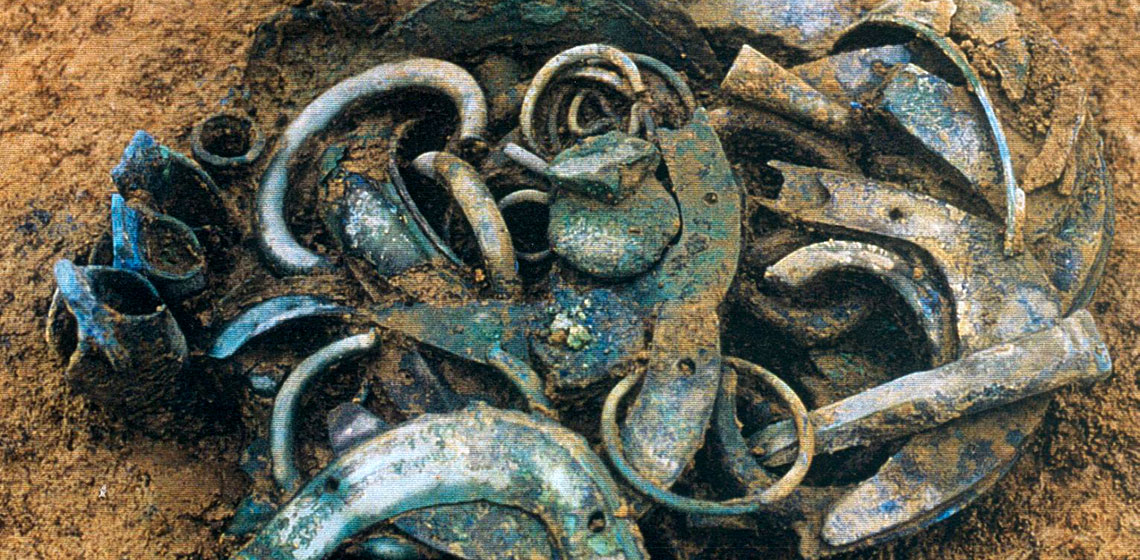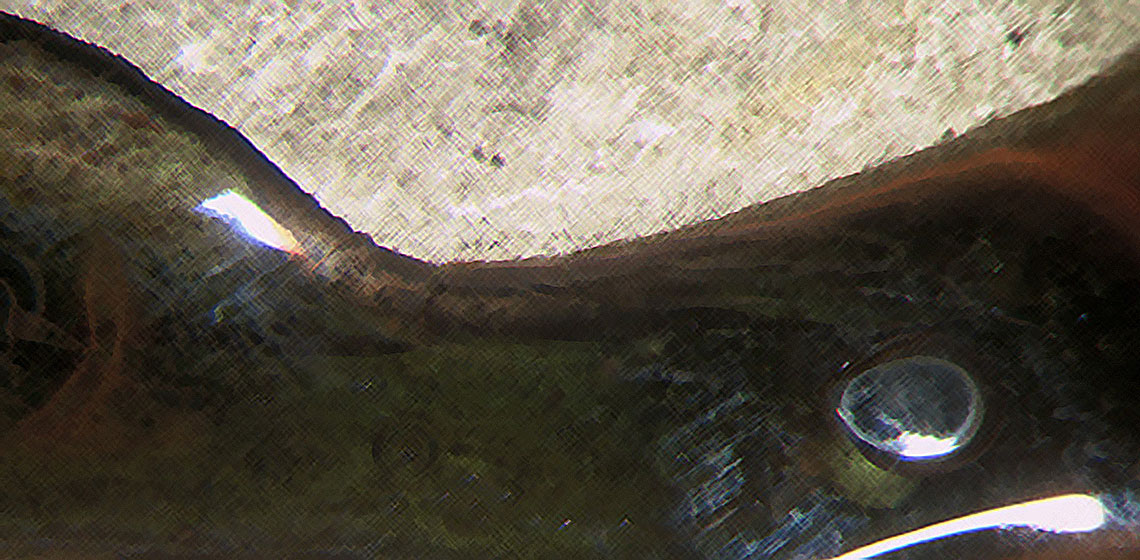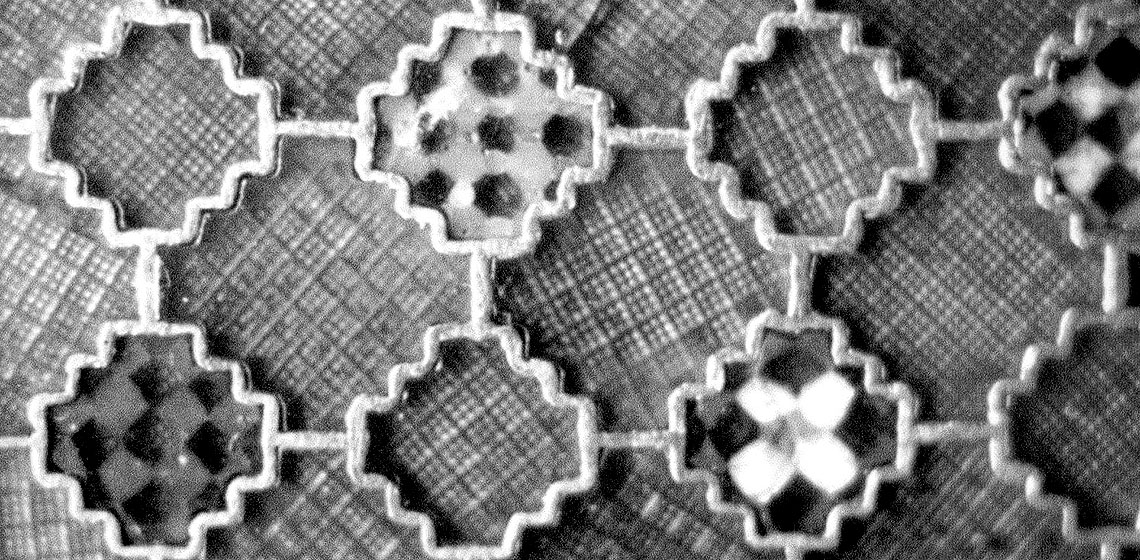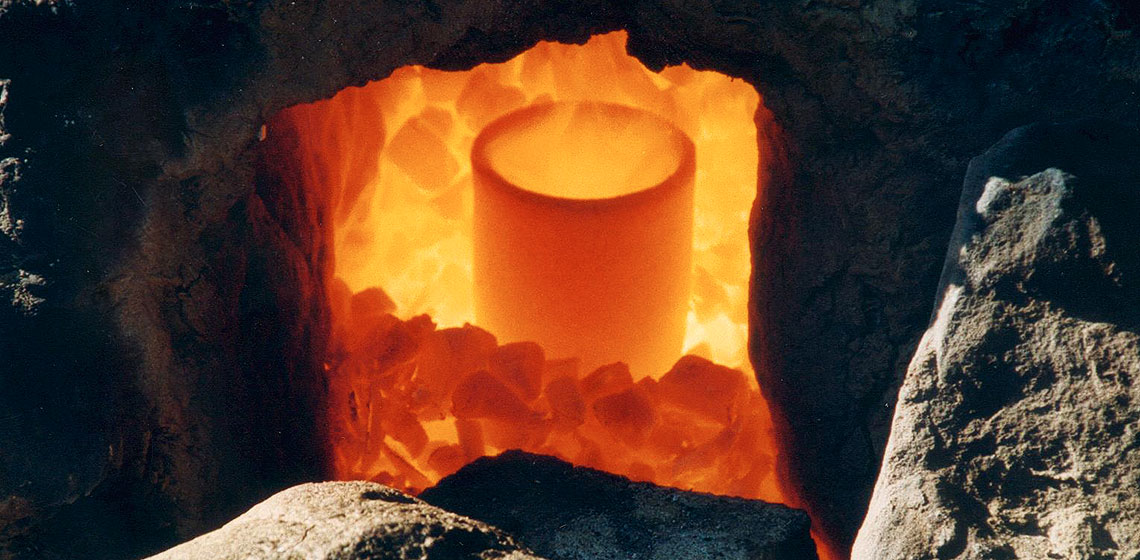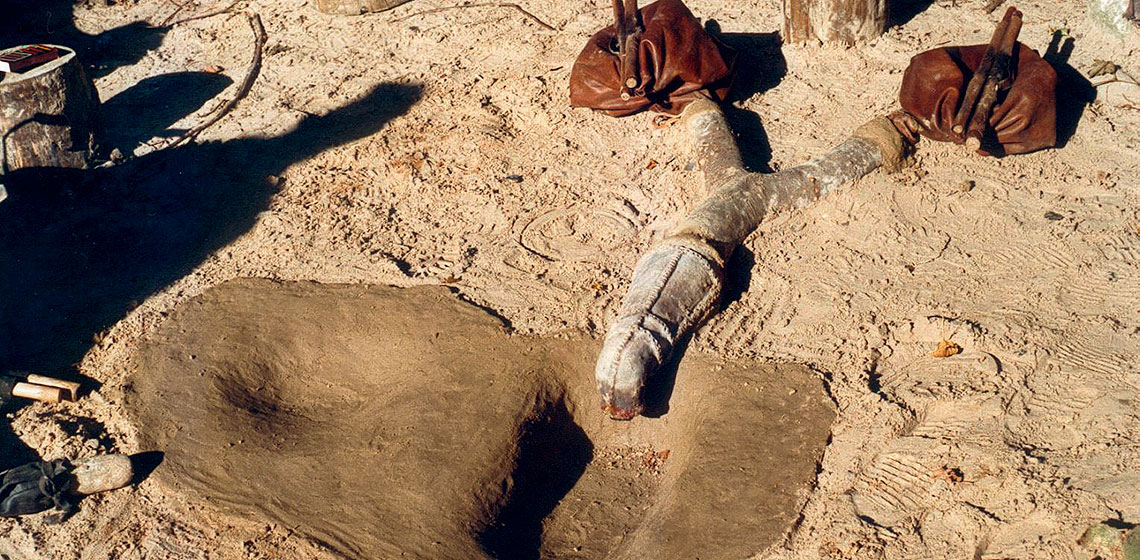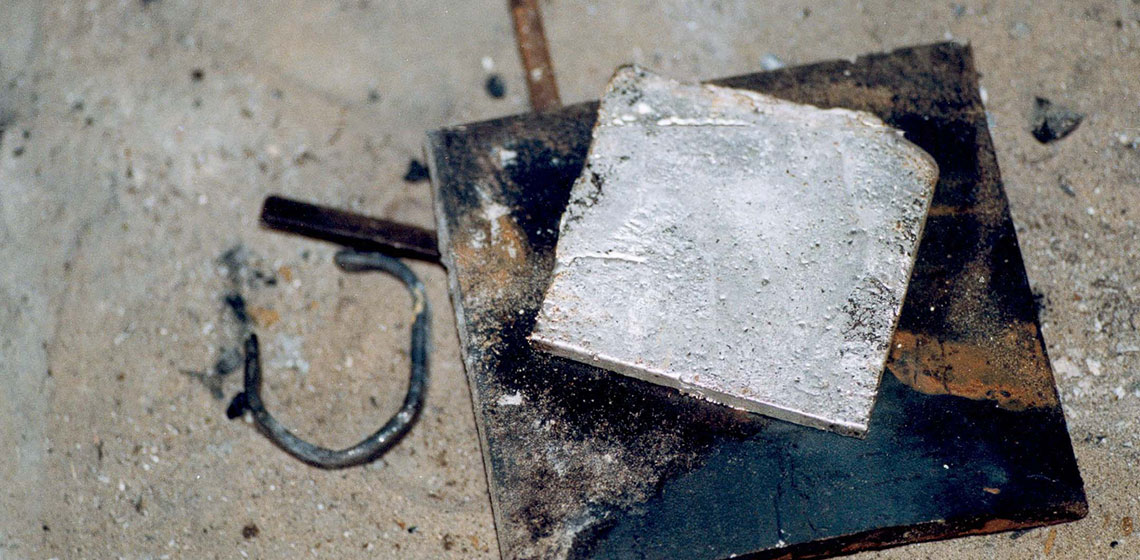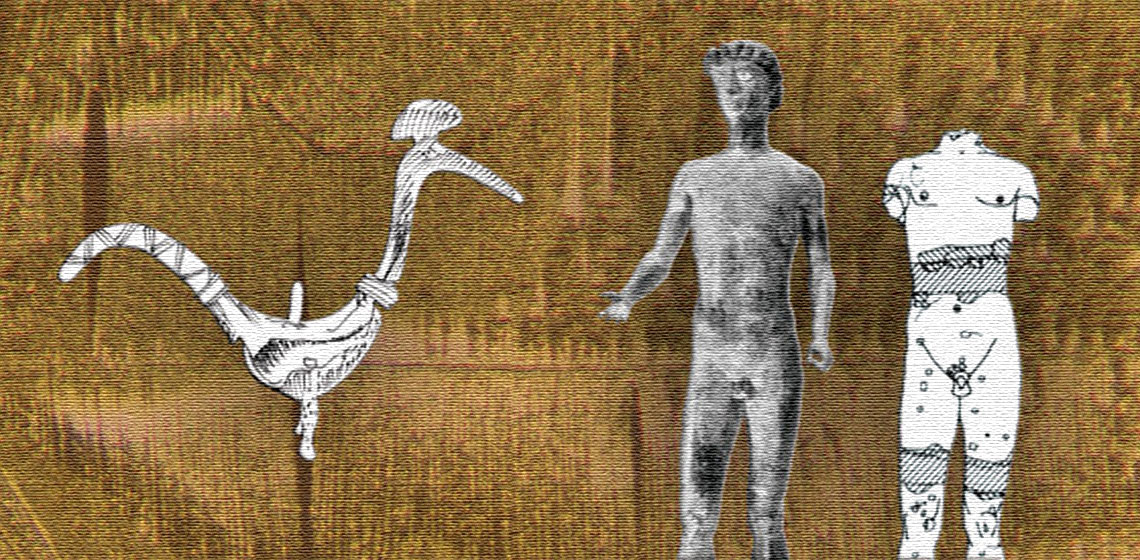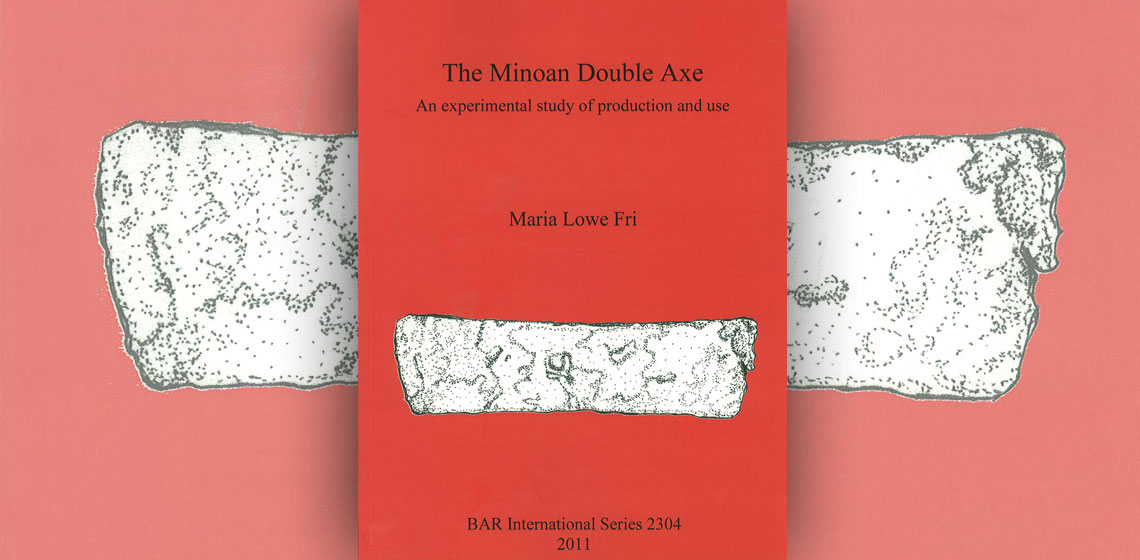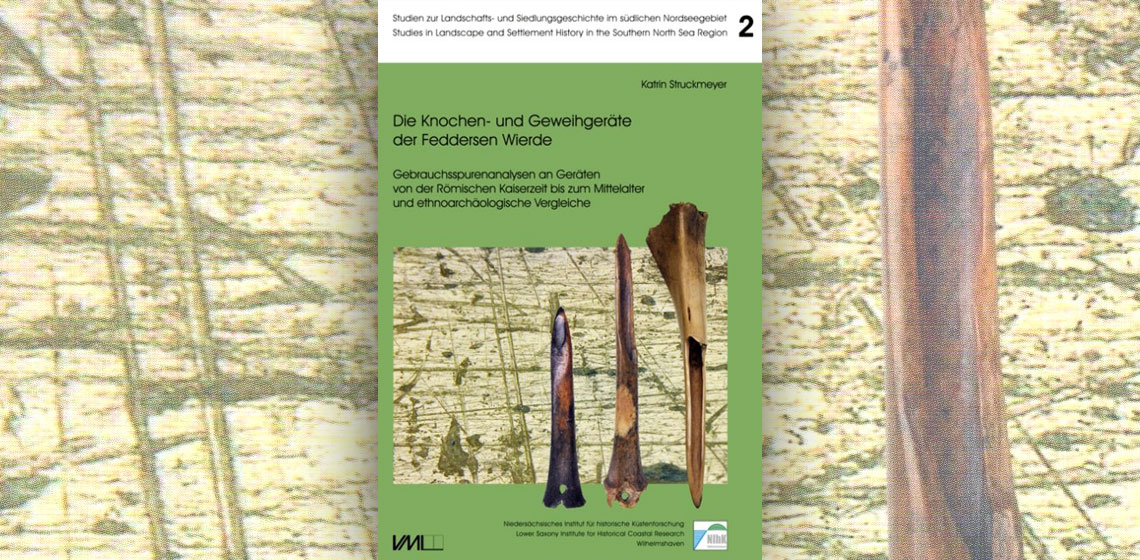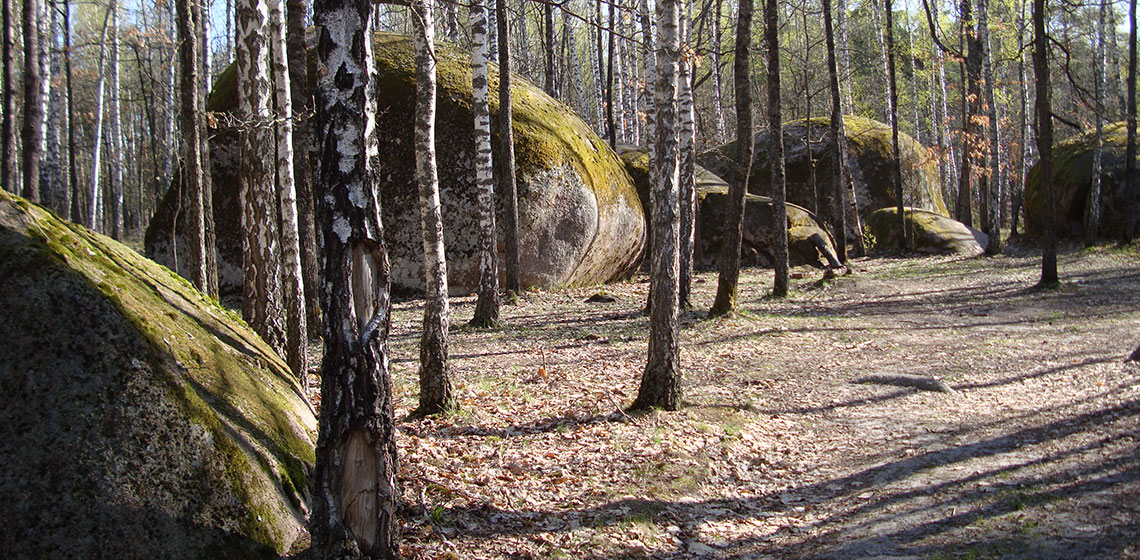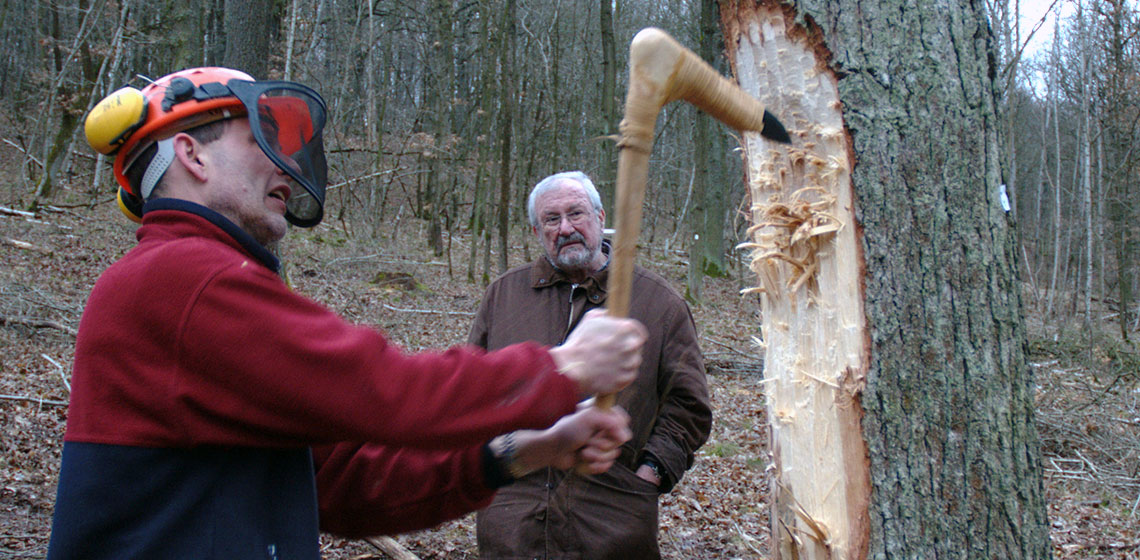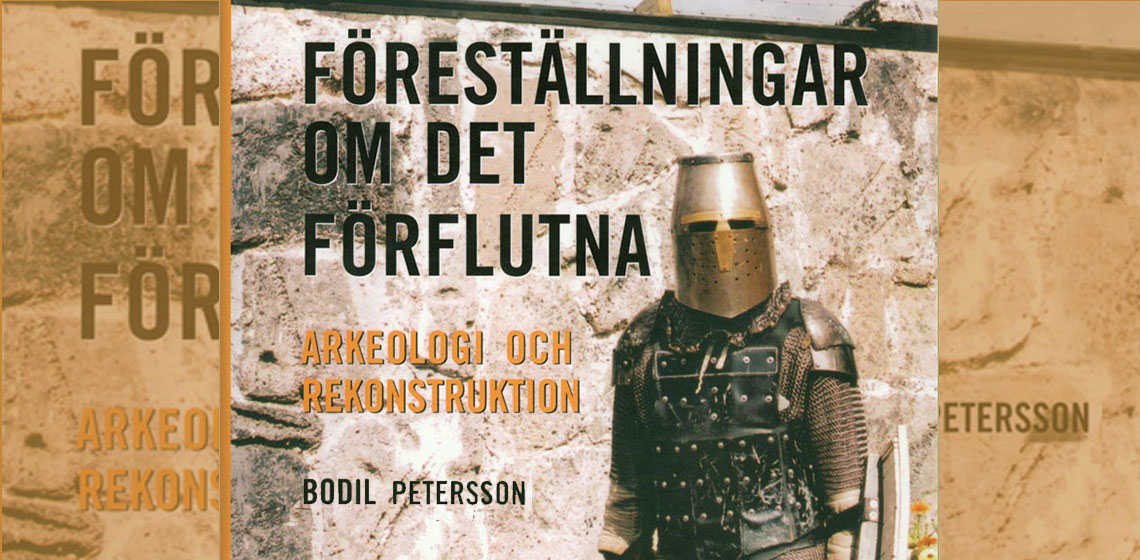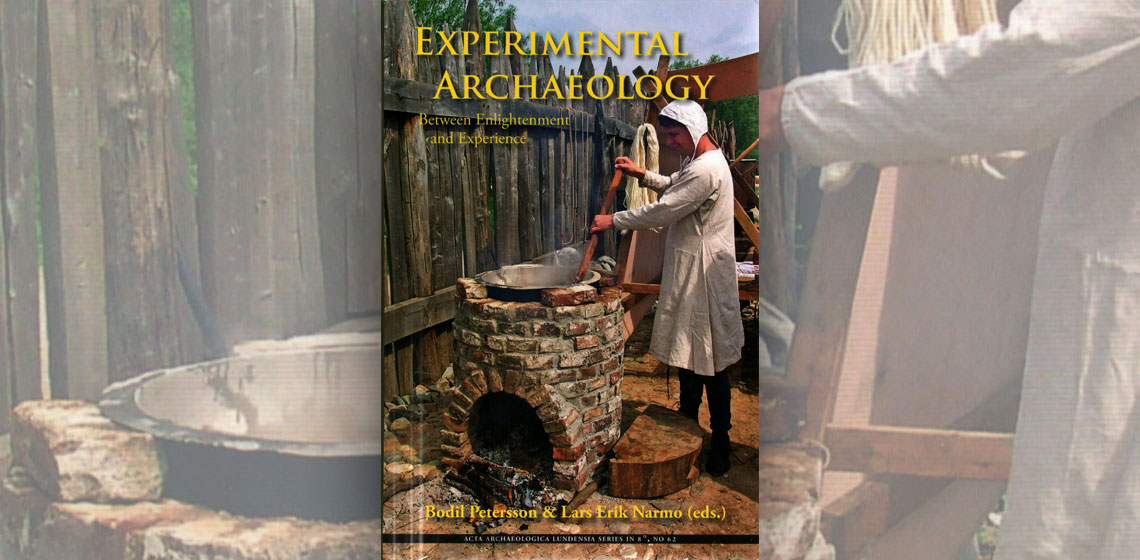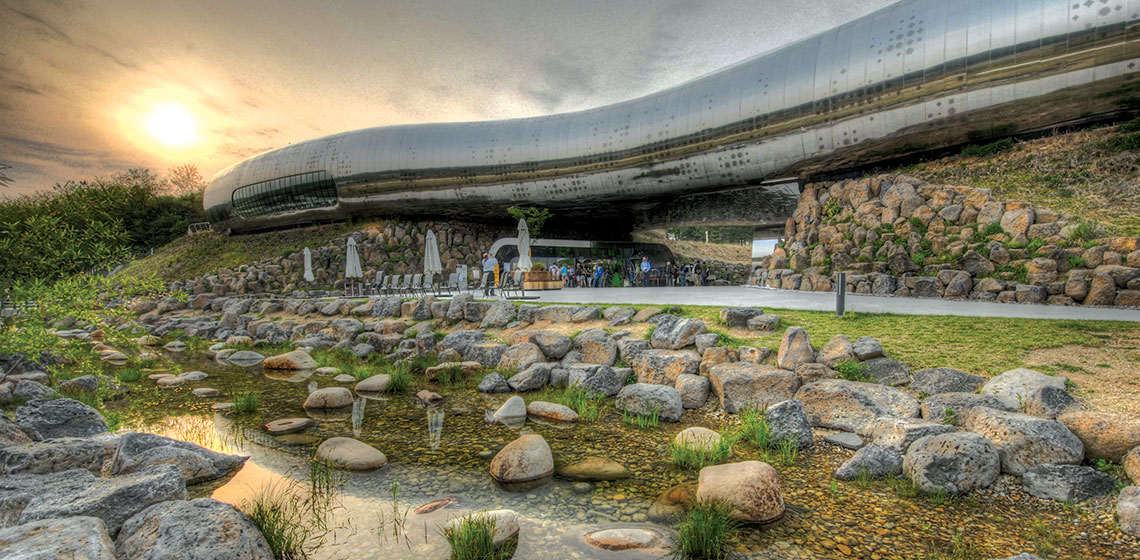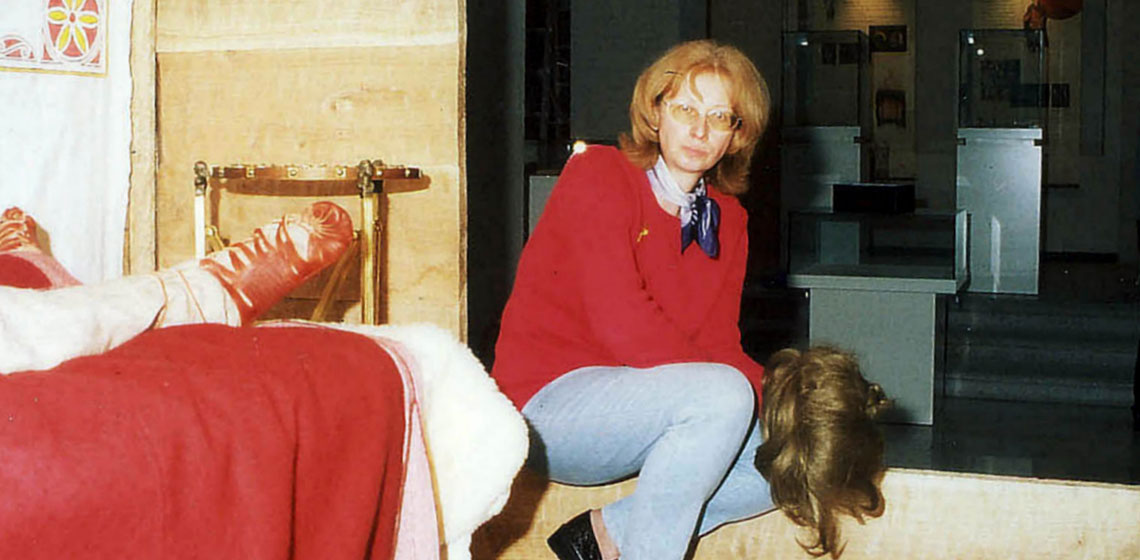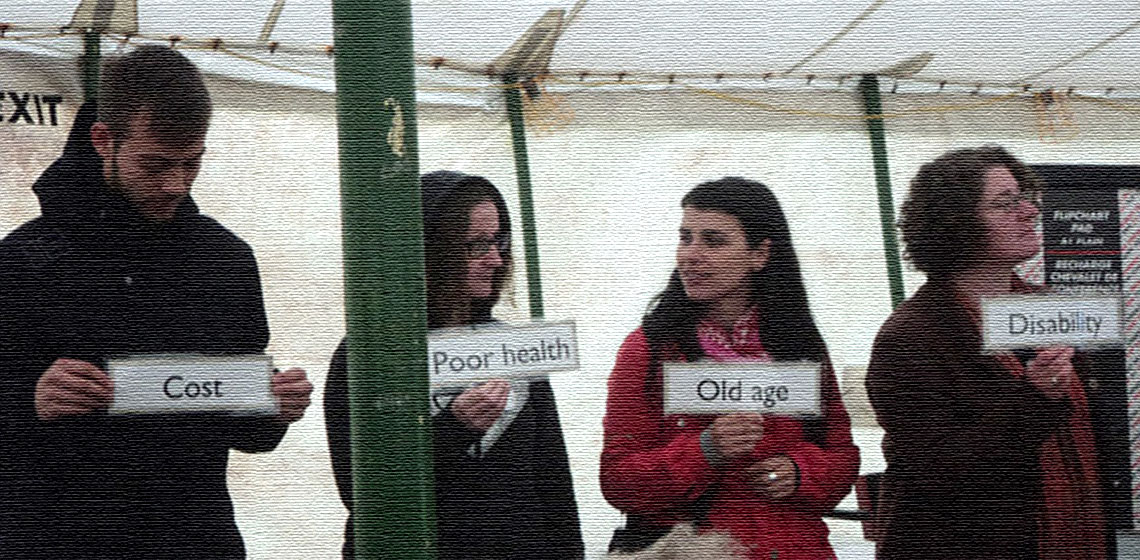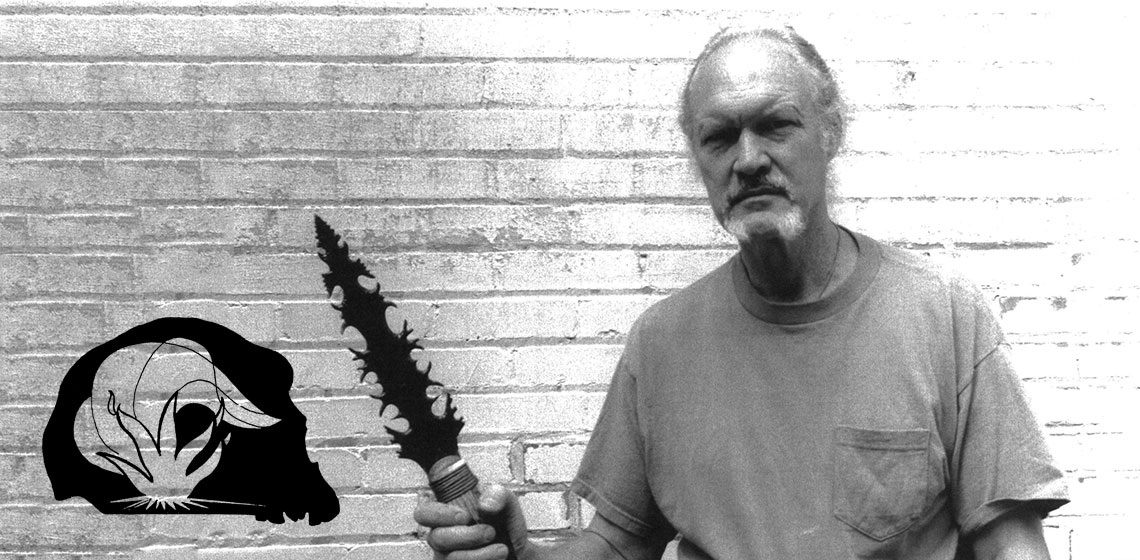EXARC Journal Issue 2012/3
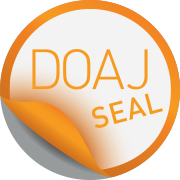


22 Articles | DOAJ | Open Access
ISSN: 2212-8956
Publishing date: September 15, 2012
📄 EXARC Journal 2012/3 Table of Contents
Copyrights: EXARC, 2012
Summary
We have recently published the last issue of the EXARC Journal for this year. You will see the 'mixed matters' articles as well as a republication of the proceedings of the 1999 workshop on the experimental and educational aspects of bronze metallurgy. The other articles on experimental archaeology and archaeological open-air museums include reflections on authenticity and living history and experimentation with Etruscan ceramics and the state of experimental archaeology in Switzerland. We will publish in 2012 close to 100 articles on our EXARC Journal and will keep going with that next year. If you have anything to be published, about an event, a book, a museum or experiment, let us know.
Reviewed Articles
Technical Elements for Etruscan-Padan Kilns Firing and Female Labour Connected to These Tools
Authenticity is Fiction? Relicts, Narration and Hermeneutics
To Be or Not to Be: Thoughts on Living History - Some Personal Remarks
Results of a Discussion on the State of Experimental Archaeology in Switzerland
Scandinavian Iron Age and Early Medieval Ceramic Moulds - Lost Wax or Not or Both?
***Since the 1940s we have had a discussion in Scandinavia concerning ancient mould-making methods. The question of different methods in the production of ceramic moulds has taken a large part in these discussions; by lost wax or by direct matrix-methods...
How Metallographic Examinations Can Give the Forming Process of Metal Artefacts? The Example of the Hoard of Farébersviller
***The hoard of Farébersviller (Moselle, France) was discovered in 1991 during rescue excavations (See Image above). This set contains 130 "bronze" artifacts, which date to the Late Bronze Age (8th century BC)...
Historical Techniques: Cold Gilding
***An historal technique of goldplating, described in 18th century literature, was reproduced. This cold-plating technique uses salts of gold, produced by dissolving gold in aqua regia. these salts are then rubbed onto a silver surfaces...
Precision Lost Wax Casting
***The limits of precision casting were explored experimentally at the Bronze Casting Workshop at Wilhelminaoord, the Netherlands, by making wax models, moulds and lost wax castings using essentially early metalworking conditions. Geometrically patterned models of Dark Age type dies were used to...
The Experimental Reconstruction in Bronze of a Merovingian Treasure Box from Sixth Century A.D.
***Considerations about a lost ancient fabrication technique of bronze attachements from a merowingian treasure box pointed out that practical experiments had to be done to reconstruct the cast and coldwork. A self made oven and mould sould help to...
From the Object to the Mould: Is there a Connection between Microstructure of a Cast Bronze Object and its Mould Material Used?
***The question studied within the framework of the Wilhelminaoord Workshop was: In which way the mould material does influence the cast structure of a bronze object? For this, casts in two different mould materials...
Producing Silver Sheet According to Cellini
***During a short internship in The Hagues Municipal Museum, I noticed some blisters in a seventeenth century V.O.C.-dish. I thought they were gas bubbles which might have been introduced in the material during coagulation. When hammering to sheet the bubbles would take the shape of blisters which would turn visible during annealing. Why, however, were these shapes not visible on many other pieces?
Ancient Repairs on Bronze Objects
***Bronze objects can be damaged in many ways, for example during casting or during their time of use. Often this damage was repaired using various techniques. In this paper, some examples of ancient repairs and their techniques are described and illustrated with examples published in the literature...


